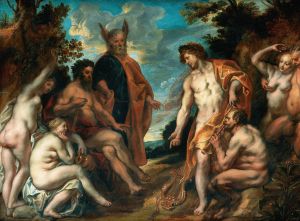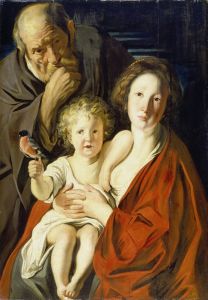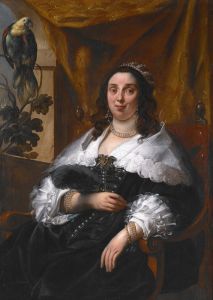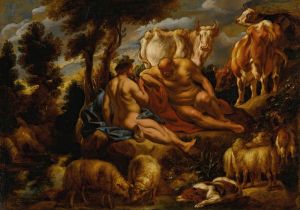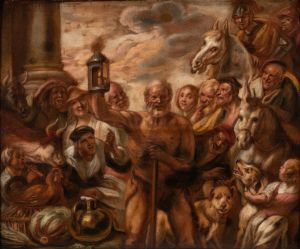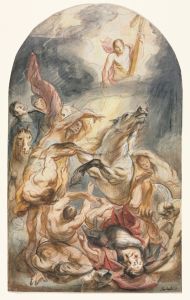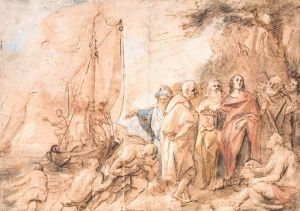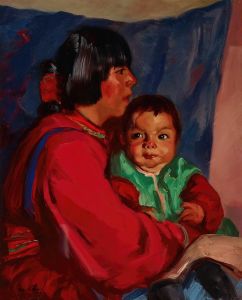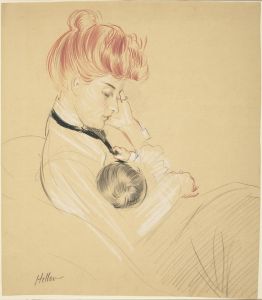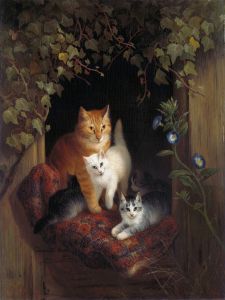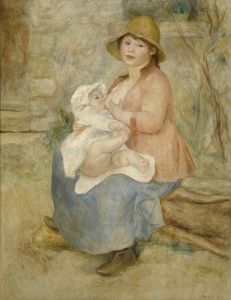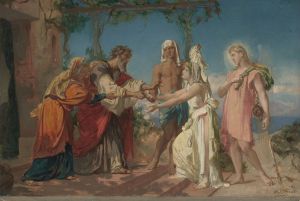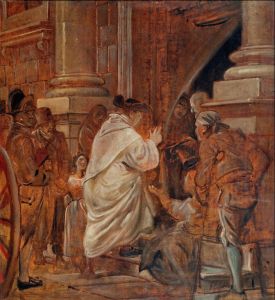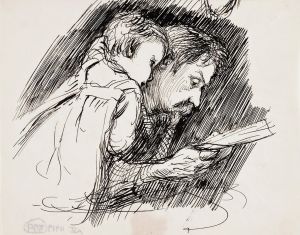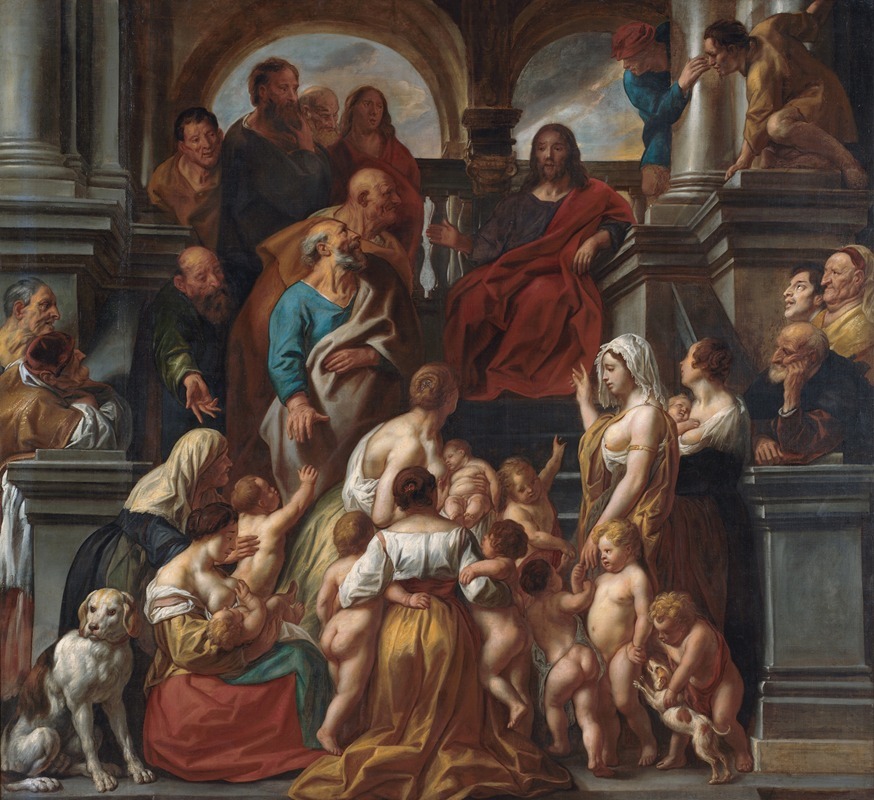
Christ blessing little Children. Suffer Little Children to Come unto me
A hand-painted replica of Jacob Jordaens’s masterpiece Christ blessing little Children. Suffer Little Children to Come unto me, meticulously crafted by professional artists to capture the true essence of the original. Each piece is created with museum-quality canvas and rare mineral pigments, carefully painted by experienced artists with delicate brushstrokes and rich, layered colors to perfectly recreate the texture of the original artwork. Unlike machine-printed reproductions, this hand-painted version brings the painting to life, infused with the artist’s emotions and skill in every stroke. Whether for personal collection or home decoration, it instantly elevates the artistic atmosphere of any space.
Jacob Jordaens, a prominent Flemish Baroque painter, created the artwork titled "Christ Blessing the Little Children. Suffer Little Children to Come unto Me." Jordaens, born in 1593 in Antwerp, was a leading artist of his time, known for his vibrant use of color and dynamic compositions. He was a contemporary of Peter Paul Rubens and Anthony van Dyck, and while he never traveled to Italy, Jordaens was influenced by the Italian Renaissance through the works of these artists and others who had studied there.
The painting "Christ Blessing the Little Children" is based on a biblical scene from the New Testament, specifically from the Gospel of Matthew 19:14, where Jesus says, "Let the little children come to me, and do not hinder them, for the kingdom of heaven belongs to such as these." This theme was popular among Baroque artists, as it allowed them to explore religious narratives with emotional depth and human warmth.
Jordaens' interpretation of this scene is characterized by his typical robust figures and lively expressions. The composition likely includes Christ at the center, surrounded by children and their mothers, capturing a moment of divine interaction and blessing. Jordaens was known for his ability to depict human emotion and interaction, and this painting would have been no exception, emphasizing the tenderness and compassion of Christ.
The use of light and shadow in Jordaens' work often highlights the central figures, drawing the viewer's eye to the key elements of the narrative. His palette typically included rich, warm colors, which added to the emotional impact of his religious scenes. Jordaens' skill in rendering textures and details, such as the clothing and facial expressions of the figures, would have contributed to the overall realism and immediacy of the painting.
Jordaens' work was part of a broader movement within the Baroque period that sought to make religious stories more accessible and emotionally engaging for viewers. This was achieved through dynamic compositions, dramatic use of light and shadow, and a focus on human emotion. As a result, paintings like "Christ Blessing the Little Children" served both as devotional images and as works of art that demonstrated the painter's technical skill and emotional insight.
While specific details about the provenance or current location of "Christ Blessing the Little Children" by Jacob Jordaens may not be widely documented, his works are held in numerous prestigious collections around the world, including the Royal Museum of Fine Arts in Antwerp and the Louvre in Paris. Jordaens' contributions to Baroque art remain significant, and his religious paintings continue to be appreciated for their emotional depth and technical mastery.





